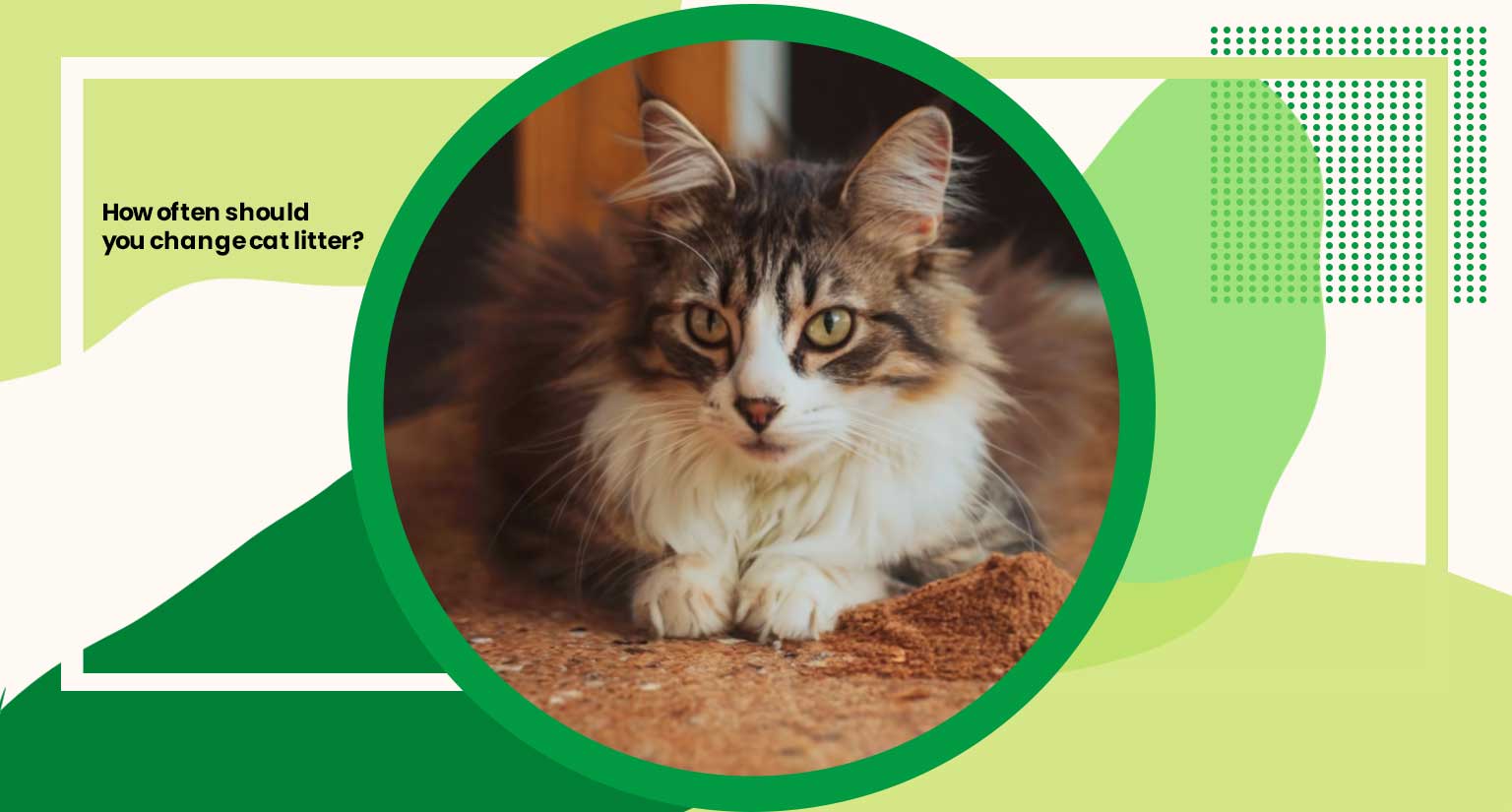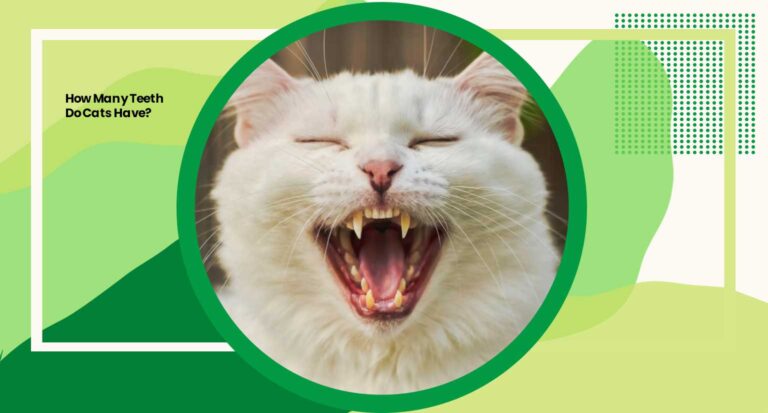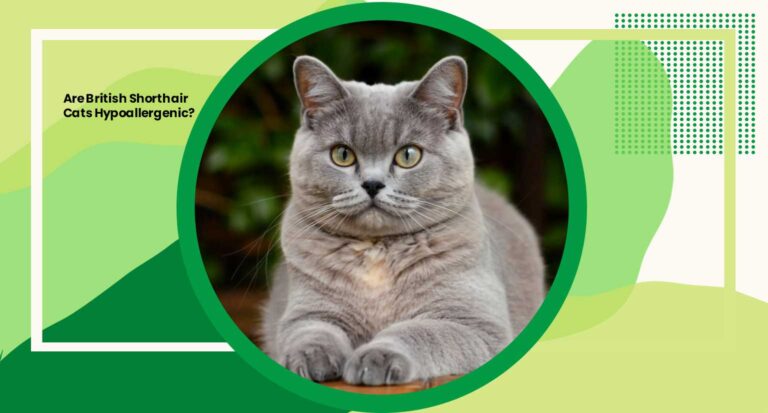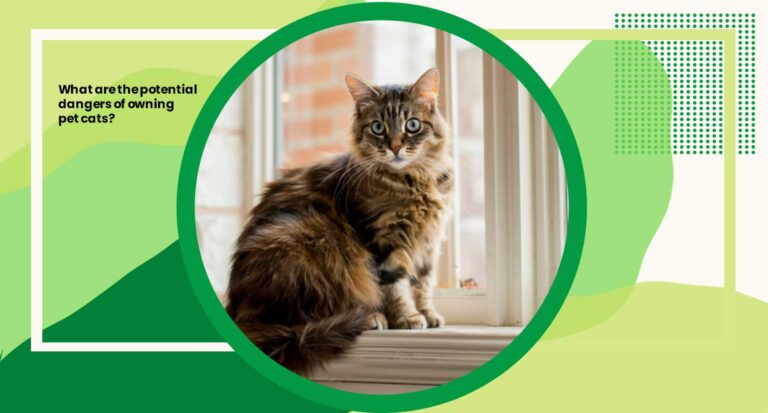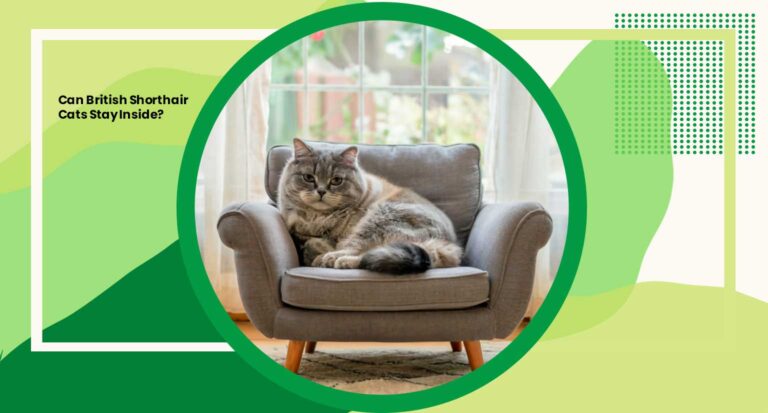How often should you change cat litter? 5 Tips for Cleanliness
When it comes to feline well being, a critical aspect often overlooked is the regularity of changing cat litter. Ensuring a clean and comfortable environment for your furry companion is paramount for their health and happiness.
The question arises, How often should you change cat litter? This comprehensive guide into the optimal frequency, considering both your cat’s needs and your convenience. The nuances of cat care with expert insights, providing you with the knowledge to create an ideal litter routine.
Your cat deserves the best and it starts with understanding the essentials of maintaining a fresh and inviting litter box.
When To Completely Change Your Cat’s Litter?
Regularly replacing cat litter is essential to maintain a hygienic and odor free environment for your pet. The frequency at which you should completely change the litter depends on several factors, including the type of litter used, the number of cats in your household and your cat’s preferences.
As a general guideline, it is recommended to completely change cat litter at least once a week for a single cat. However, if you have multiple cats, you may need to change the litter more frequently. Cats are sensitive to odors and a dirty litter box can lead to behavioral issues and stress.
Some cat owners opt to scoop the litter box daily to remove waste and clumps, extending the time between complete changes. However, even with regular scooping, the litter will eventually lose its effectiveness and require replacement.
For optimal hygiene, consider using clumping litter, which makes it easier to remove waste and maintain cleanliness. Additionally, incorporating baking soda or activated charcoal into the litter can help neutralize odors and extend its lifespan.
Observing your cat’s behavior and monitoring the condition of the litter box can also provide valuable insights into when it’s time for a complete change. Signs that it’s time to change the litter include a strong ammonia smell, clumps that are difficult to remove or your cat avoiding the litter box.
By establishing a regular cleaning routine and staying attentive to your cat’s needs, you can ensure a fresh and comfortable environment that promotes your cat’s health and well being.
The Consequences Of Not Changing Cat Litter
Failure to change cat litter regularly can have detrimental effects on both your cat’s health and your home environment. While cats are generally fastidious animals, they can become stressed and develop health issues if their litter box is not adequately maintained. Here are some potential consequences of not changing cat litter.
Odor Build Up
Accumulated waste in the litter box produces strong odors that can permeate your home, making it unpleasant for both you and your cat.
Bacterial Growth
A dirty litter box becomes a breeding ground for bacteria, which can lead to urinary tract infections and other health problems for your cat.
Increased Risk of Parasites
Dirty litter boxes attract parasites such as fleas and ticks, which can infest your cat and spread to other areas of your home.
Behavioral Issues
Cats are sensitive to their environment and a dirty litter box can cause stress and anxiety, leading to behavioral problems such as urinating outside the litter box or aggression.
Unsanitary Conditions
Living in unsanitary conditions can compromise your cat’s immune system and make them more susceptible to illness and disease.
Unpleasant Experience
Cats are less likely to use a dirty litter box, leading to accidents around the house and further exacerbating the problem.
To prevent these issues, it’s essential to establish a regular cleaning schedule and adhere to it diligently. Scooping the litter box daily and completely changing the litter as needed will help maintain a clean and hygienic environment for your cat and promote their overall well being.
Remember, providing a clean litter box is not only a matter of convenience but also a crucial aspect of responsible pet ownership.
How To Clean A Litter Tray?
Cleaning your cat’s litter tray is an essential part of maintaining a hygienic environment for both your cat and your household. By following these steps, you can ensure that your cat’s litter tray remains clean and odor free.
Gather Your Supplies
Before you begin, gather the necessary supplies, including gloves, a litter scoop, mild detergent or cat safe cleaner, a sponge or scrub brush and a garbage bag.
Empty the Litter
Start by emptying the litter box completely into a garbage bag. If the litter box has clumps or solid waste, use the litter scoop to remove them and dispose of them properly.
Scrub the Litter Tray
Using mild detergent or a cat safe cleaner, scrub the litter tray thoroughly with a sponge or scrub brush. Pay close attention to the corners and crevices where dirt and odor may accumulate.
Rinse with Water
Once the litter tray is scrubbed clean, rinse it thoroughly with warm water to remove any soap residue. Make sure to rinse until the water runs clear.
Dry Completely
Allow the litter tray to air dry completely before adding fresh litter. Ensure that the tray is completely dry to prevent bacterial growth and odors.
Add Fresh Litter
Once the litter tray is dry, add a fresh layer of cat litter to the desired depth. Choose a high quality litter that is absorbent and controls odors effectively.
Replace Regularly
In addition to regular cleaning, it’s important to replace the entire litter box periodically. Over time, plastic litter trays can become scratched and retain odors, even with thorough cleaning.
Recommended Products For Cleaning Cat Litter Trays
When selecting cleaning products for your cat’s litter tray, opt for gentle and pet safe options to avoid exposing your cat to harmful chemicals. Here are some recommended products.
Mild Detergent
Choose a mild dish soap or laundry detergent that is free from harsh chemicals and fragrances.
Cat Safe Cleaner
Look for cleaners specifically formulated for use around pets. These cleaners are non toxic and designed to eliminate odors without posing a risk to your cat’s health.
Baking Soda
Baking soda is a natural deodorizer that can help neutralize odors in the litter tray. Sprinkle a thin layer of baking soda in the bottom of the tray before adding fresh litter.
By following these cleaning guidelines and using pet safe products, you can ensure that your cat’s litter tray remains clean, sanitary and inviting for your furry friend.
Conclusion
In conclusion, maintaining a clean litter box is essential for your cat’s health and well being. By addressing the question, How often should you change cat litter? with care and diligence, you can ensure a comfortable and hygienic environment for your feline companion.
Regularly changing cat litter, scooping daily and observing your cat’s behavior are key practices in promoting good litter box habits. Remember, a clean litter box not only prevents odors and bacterial growth but also fosters a positive relationship between you and your cat.
Investing time and effort in proper litter maintenance is a small yet significant way to show your love and care for your beloved pet. Keep your cat happy, healthy and content by prioritizing their litter needs. Take charge of your cat’s litter routine today and enjoy the benefits of a fresh and inviting environment for your furry friend.

